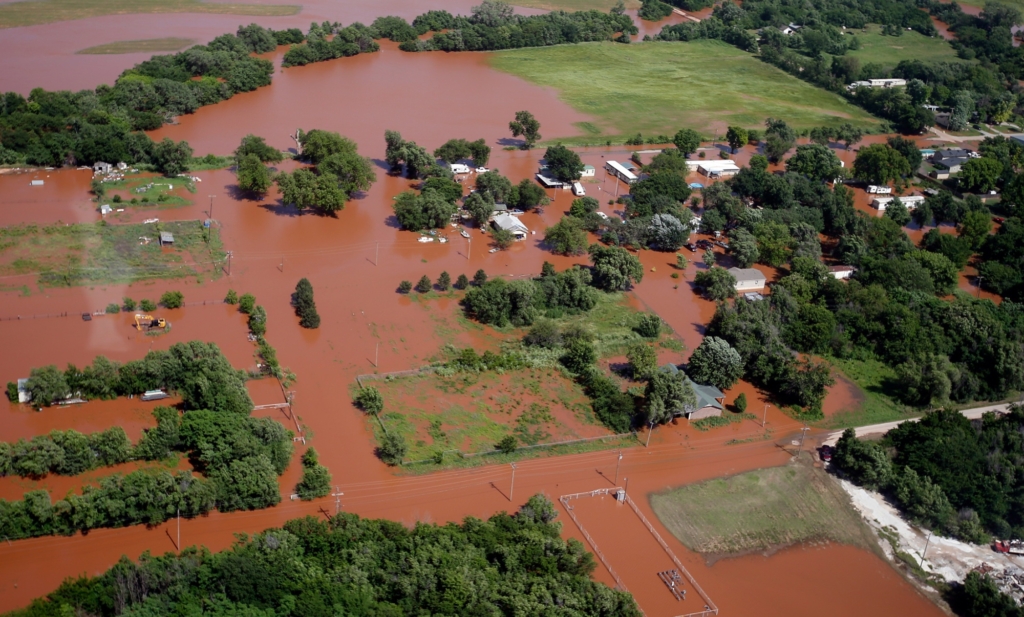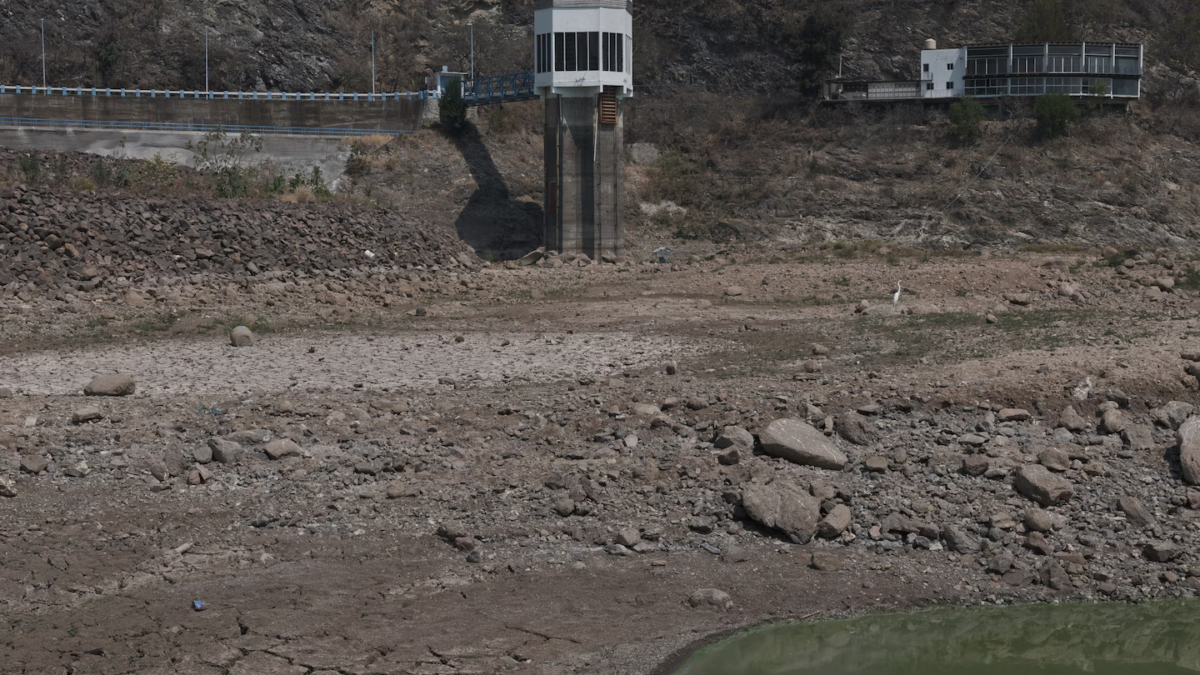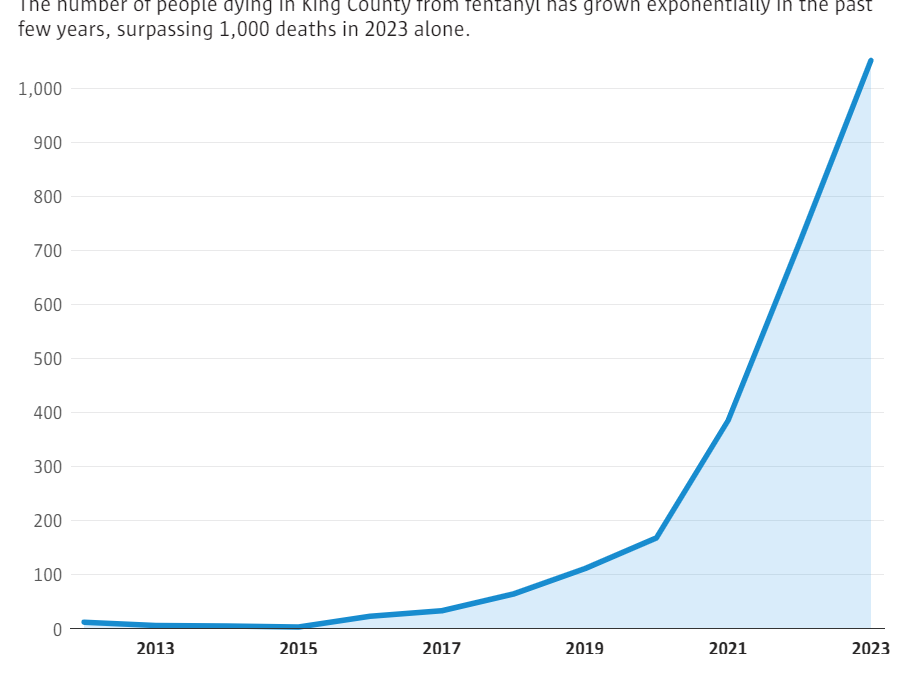Wettest weather in 124 years has U.S. farmers speeding crops – “It’s hard to imagine that climate change did not rest a heavy thumb on the scale”
By Denitsa Tsekova and Brian K. Sullivan
1 July 2019
(Bloomberg) – After suffering through the wettest 12 months since at least 1895, U.S. farmers have plans to adapt next year to what some forecasters say may be an increasingly soggy new normal for the nation’s midsection.
The plans include bigger and faster tractors to speed up planting, quick-growing seeds and more extensive use of cover crops and drainage tiles to keep flooding fields intact. But there’s problems here too, growers say: The tractors are costly, the short-season seeds have lower yields and cover crops and tiling take time and effort.
While farmers have long been locked in a give-and-take tussle with Mother Nature, trends tracked by scientists and forecasters over decades suggest the merciless rains and wild storms that drastically delayed planting times this year could be a weather standard moving forward.
“On a decadal time scale, yeah, you’re going to see record after record falling,” said Donald Wuebbles, a professor of atmospheric science at the University of Illinois in Urbana. “What used to be a one in 100 or one in 500-year event is going to become much, much more common.’’
The regional rains are part of an “increasing trend over four decades,” showing more and more moisture for the region, Wuebbels said.
From June 2018 to May of this year, the contiguous U.S. suffered through its wettest 12-month period going back to 1895, when the federal government first began keeping formal records. For months, a relentless pulse of storms left fields unplanted, highway and rail traffic snarled, and barges struggling with fierce river currents, when they could move at all.
Jennifer Francis, a senior scientist at Woods Hole Research Center in Massachusetts, blames the Midwest deluge on reduced ice cover on the Bering Sea and warmed up waters off the southeast coast. The two high-pressure systems increased the amount of water vapor in the atmosphere, she said, and locked the rainstorms in place.
“It’s hard to imagine that climate change did not rest a heavy thumb on the scale,” Francis said by telephone.
Farmers, meanwhile, are doing what they always do: Adapting. “Next year you’re going to see guys, when they start, they’re going to start and run very hard” to get fields planted as quickly as they can, said Jeff Kirwan, who grows corn and soybeans in Mercer County, Illinois. [more]
Wettest Weather in 124 Years Has U.S. Farmers Speeding Crops



